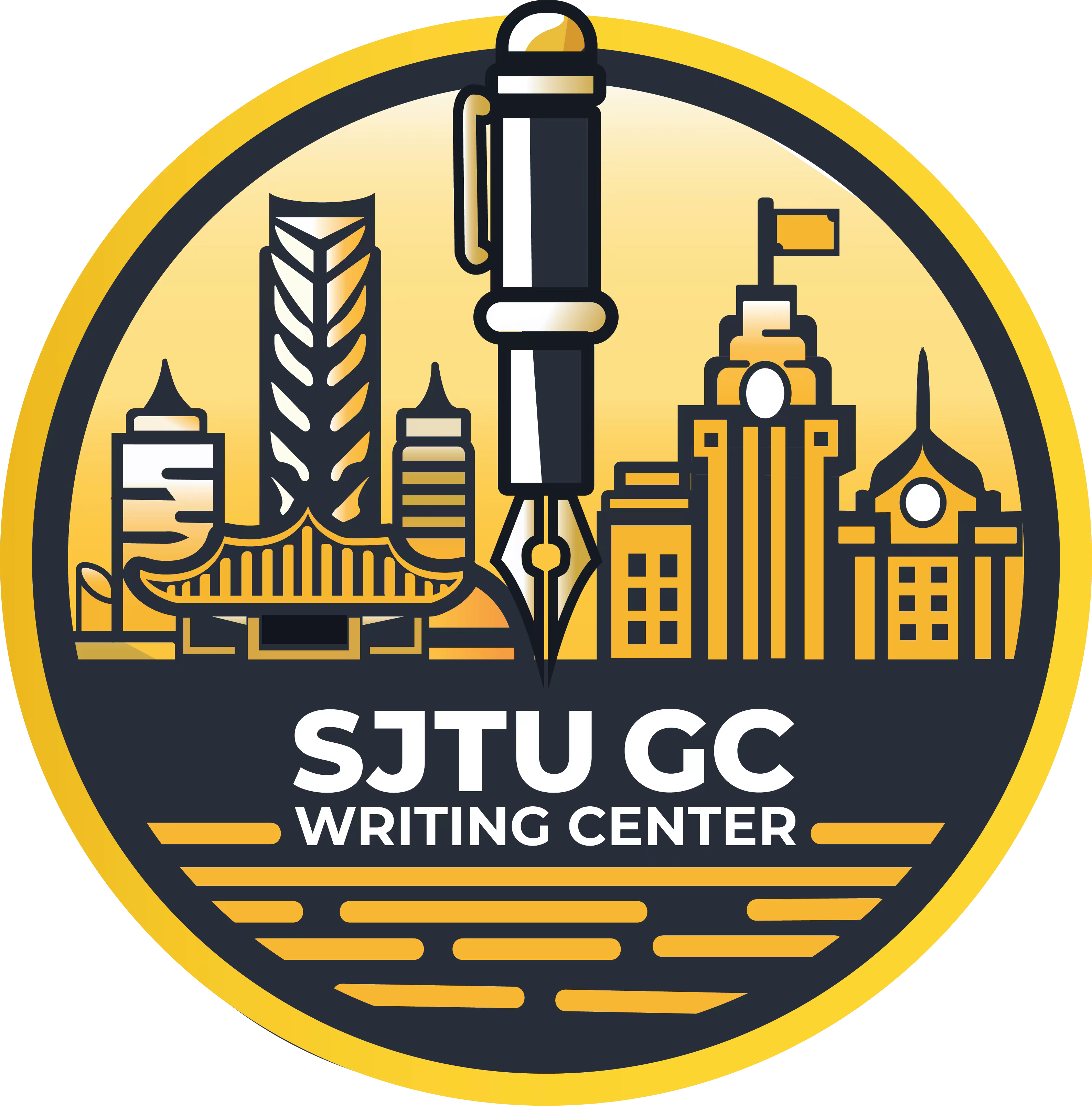Funny Introductions
If your title and introduction makes me laugh, I will give you a good grade.
Prof. Joelle Tybon
Introduction
Introduction, the crucial first impression in your academic essays, is usually poorly written. A strong introduction isn’t just a formality; it’s your chance to grab your reader’s attention, set the stage for your brilliant ideas, and make them keep reading. Too often, introductions fall flat, lacking the energy and excitement needed to truly engage the reader. We will look at the common pitfalls and see how to correctly write an introduction paragraph.
Why a Good Introduction Matters
Think of your introduction as the doorway to your academic house. A dull, shabby door discourages visitors, while a bright, welcoming entrance invites them in. A good introduction does the same for your essay. It promises interesting insights and sets the tone for a compelling read. A weak introduction, on the other hand, can make your essay feel like a hard nut to crack before it even begins.
You see, the bold “good grade” above keeps you interested, doesn’t it?
How to Write a Bad Introduction?
Basically, JI students succeed in presenting ineffective introductions in three ways:
- Dive headfirst into your topic
- Missing thesis statement
- Thesis statement inconsistent with what’s below
Students dive headfirst into the specifics of their topic without setting the stage. For instance, an essay about regional foodways might begin with a detailed description of a particular dish without referring to the broader cultural or historical context, or the more general research of cuisine in this particular field. This leaves the reader feeling disoriented. It’s crucial to provide background information and connect your specific topic to a larger theme before delving into the details.
Related to this is the frequent omission or misplacement of the thesis statement. A strong thesis statement, typically placed at the end of the introduction, acts as a roadmap for your essay, clearly stating your main argument and previewing the key points you’ll address. Students sometimes omit it because they think their first paragraph is too long, which is bad. You should instead delete other unnecessary things but retain an effective thesis statement.
Sometimes, students include a thesis statement, but it’s too broad (e.g., “Chinese culture is reflected in Chinese food”) or doesn’t accurately cover or match all subsequent arguments. A focused, specific thesis statement is essential for a coherent and persuasive essay. It’s the anchor that keeps your argument from drifting off course.
Our Expectation of a Good Introduction
That’s easy—just do the opposite of the previous section.
- Start from a broader context, or a more general research topic.
Instead of: “Coffee and tea are popular in China in recent years because of…”
Write: “Wandering off is humanity. There have been many ways for people to take a rest in the midst of chores; food is one of them. Coffee and tea…” - Be sure to place your thesis statement at the end of your introduction paragraph.
- Your thesis statement should cover all that is below.
Instead of: “This essay will examine the impact of social media on people’s lives.”
Write: “This essay will examine the impact of social media on political discourse, arguing that its algorithmic echo chambers amplify extremism and hinder productive dialogue.”
Two Key Strategies for Writing Engaging Introductions
OK, you love “templates,” as every JI student does. If you want to get a quick trick for your essay when its due is around the corner, just see this part!
-
Start Wide, Narrow Down:
This is the typical method introduced in your classes. Begin with a broad statement related to your topic and gradually narrow it down to your specific thesis. This creates a funnel shape, drawing the reader deeper into your subject matter.
See examples above.
-
Use Humor (Carefully!):
A touch of humor can be a powerful hook, but use it judiciously. The humor should be relevant to your topic and appropriate for an academic setting.
Though the first method is usually taught in class, considered as the “standard” way and is the focus of our discussion above, this second method is also appreciated if used properly.
Example:
“In the autumn of 2019, KFC released a funny advertisement: Colonel Harland Sanders, along with a few muscular guys, stripped off their clothes and danced… In this article, I will show how a product succeeds with the use of…”
